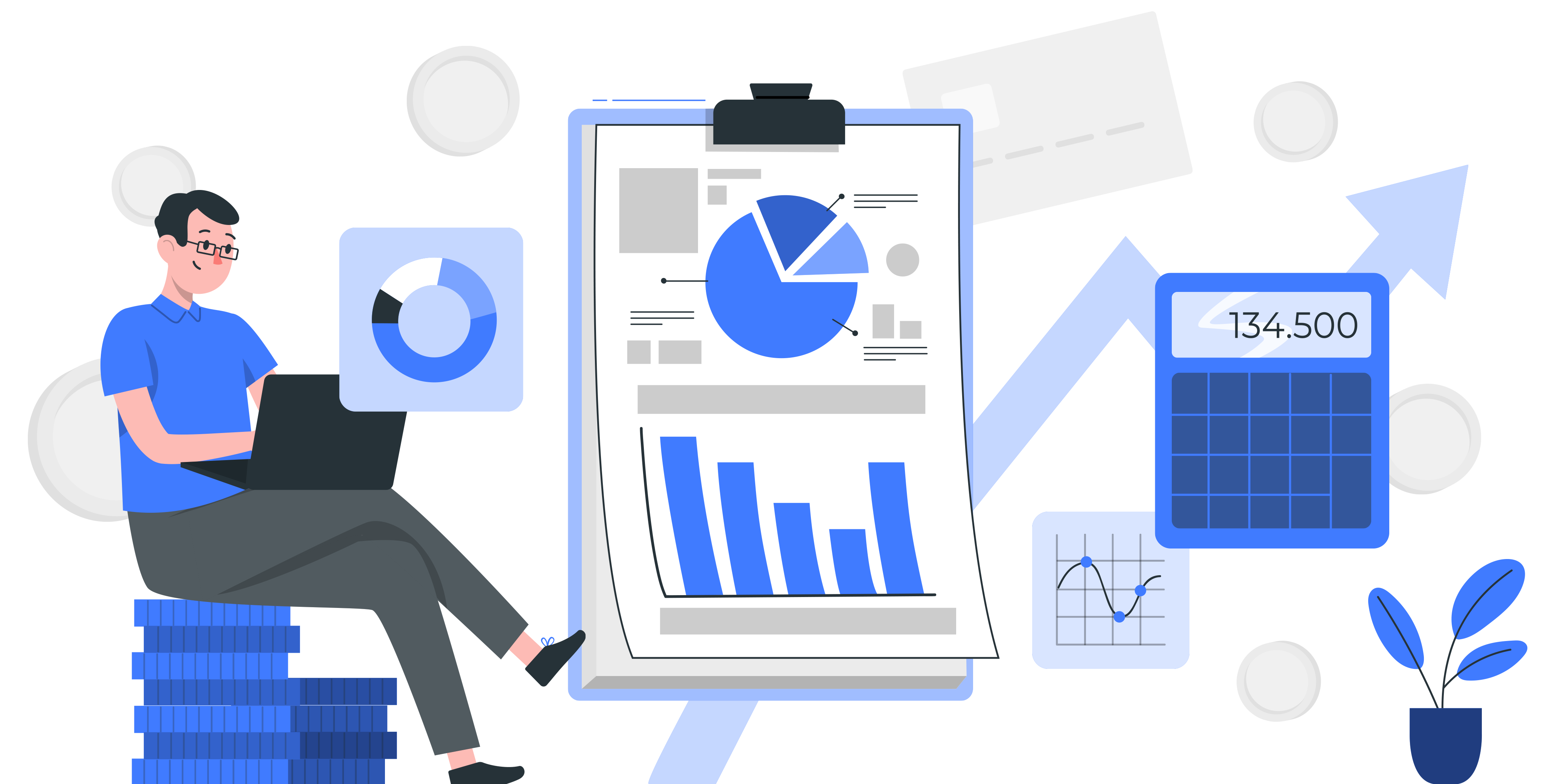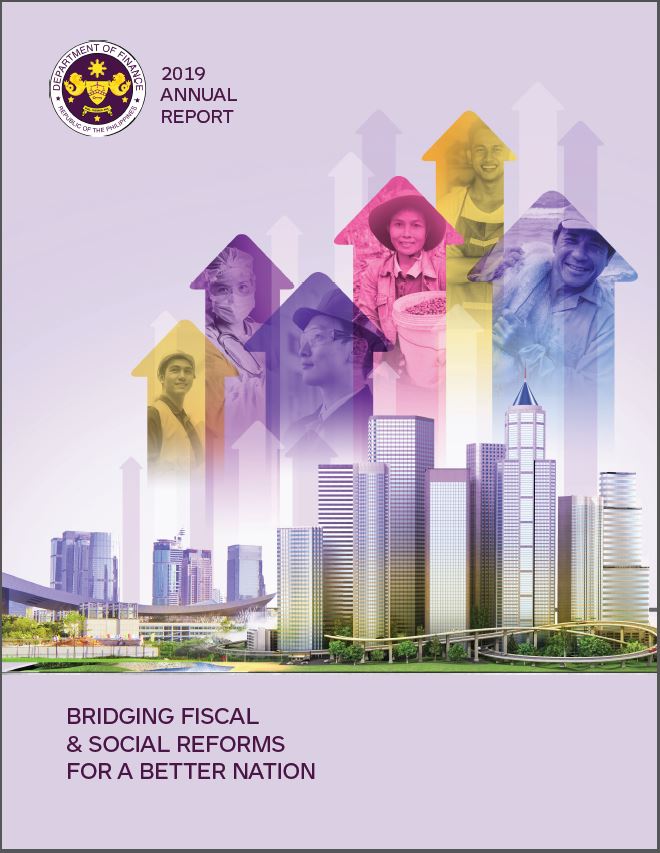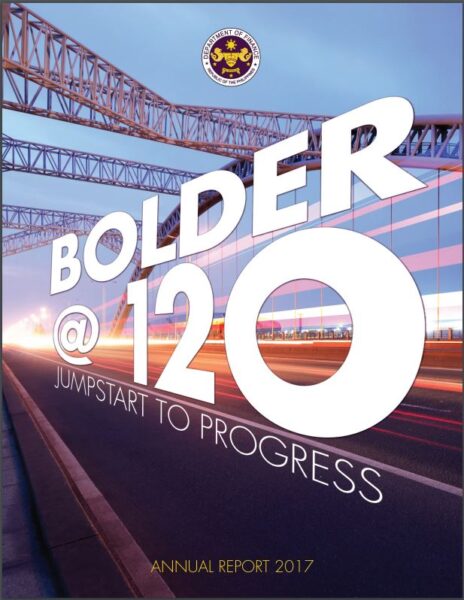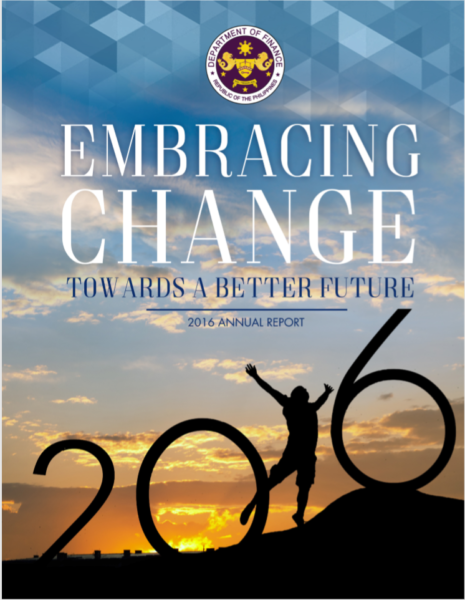

2019 saw another banner year for the Philippine economy. It posted a strong growth of 6 percent, keeping the country among the world’s fastest growing economies. Moreover, the economy is increasingly becoming more investment-led, thanks to the infrastructure spending. This year, investments accounted for 26.2 percent of the economy, a sharp increase from its share of 21.3 percent in 2015.

In 2018, the Philippine economy maintained its strong growth trajectory amidst external uncertainties. Rising oil prices, deepening trade tension between the United States (US) and China, slower growth in China and other developed countries, and US fiscal stimulus weighed down on growth prospects of developing economies including the Philippines.

The Philippine real GDP marked its 6th straight year of growth above 6 percent in 2017, buoyed by favorable domestic and external demand, albeit slightly moderating to 6.7 percent from 6.9 percent in 2016. It also remained one of the best performing economies in Asia, placing third behind Vietnam (7.1 percent) and China (6.8 percent).

The Philippine economy sustained its solid growth performance in 2016, amidst the weak external demand, US monetary policy tightening, transition between two administration, and other domestic challenges. The country’s GDP accelerated by 6.9 percent, the highest in the region, driven by robust demand, investment and increased government spending.

Having shed its sick man moniker and recognized as Asia’s bright spot, the country stands as a resilient harbor amid turbulence in the global economy.



